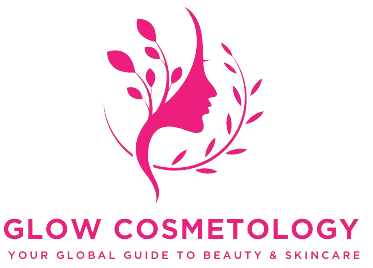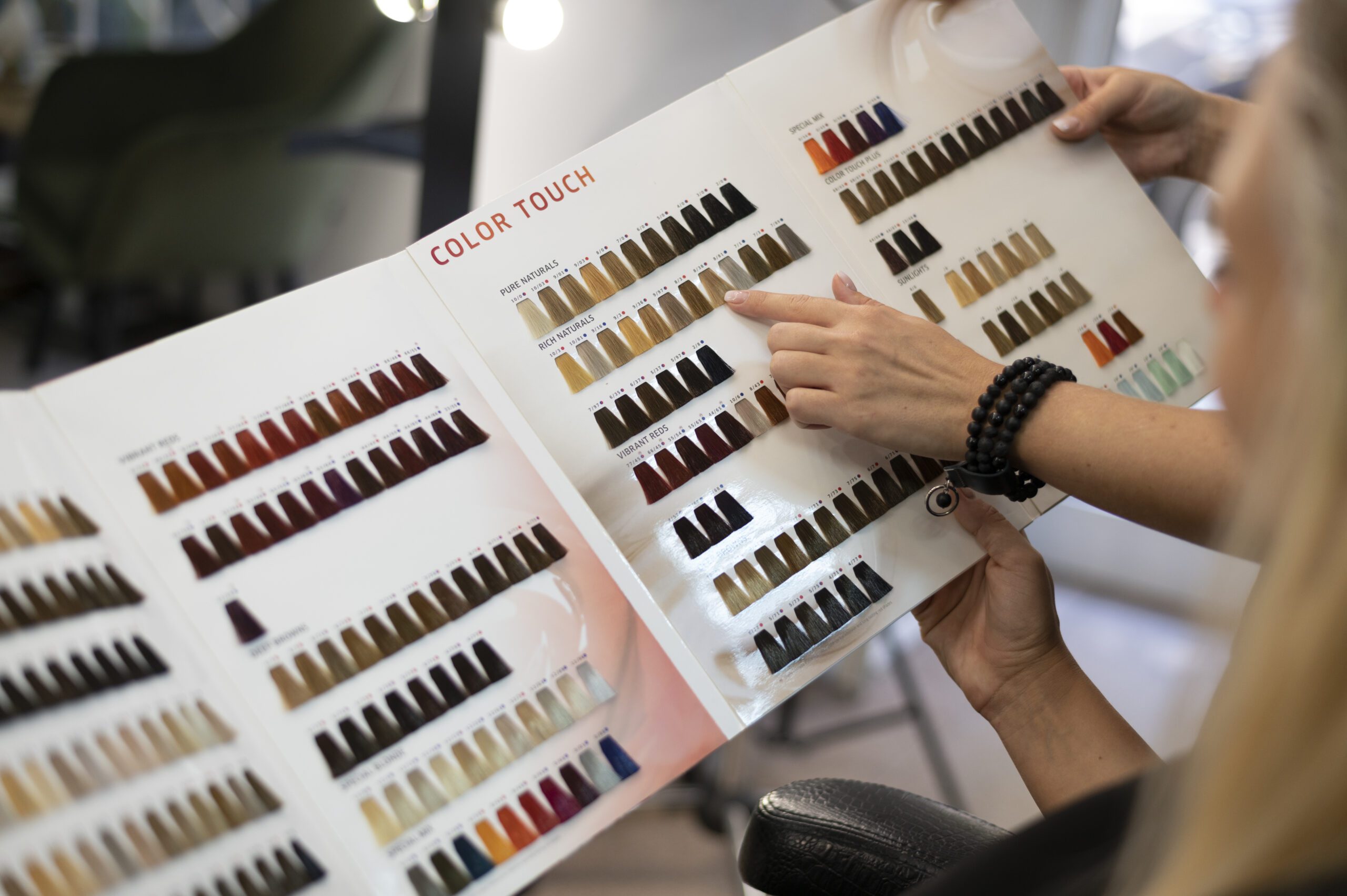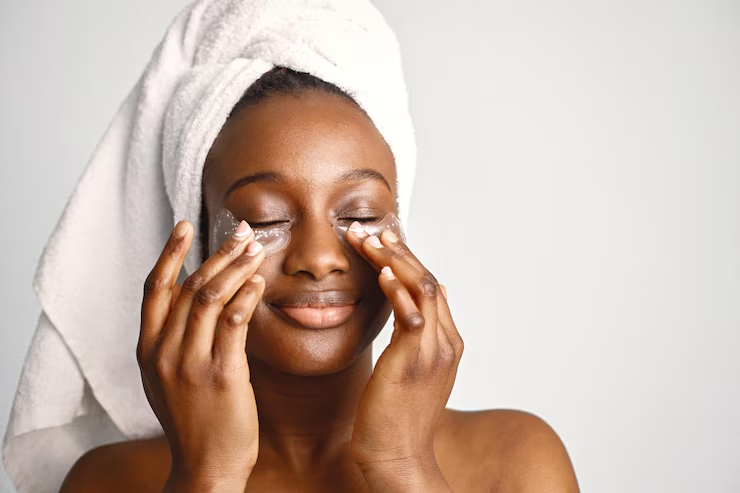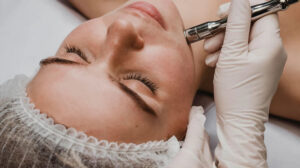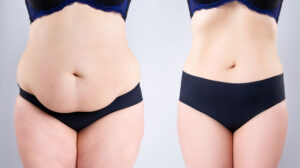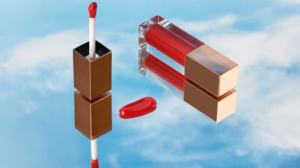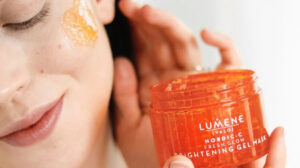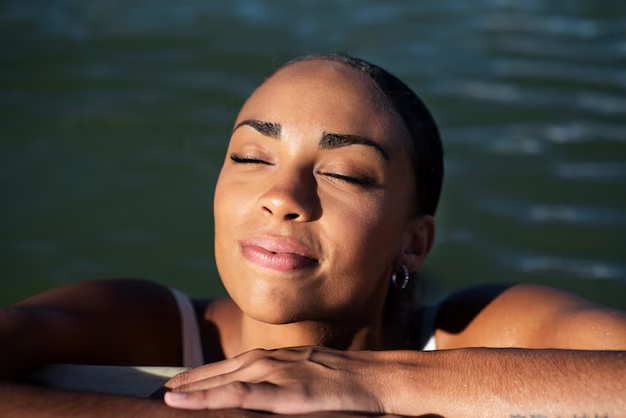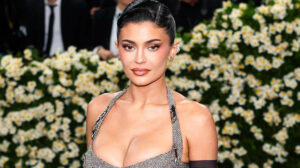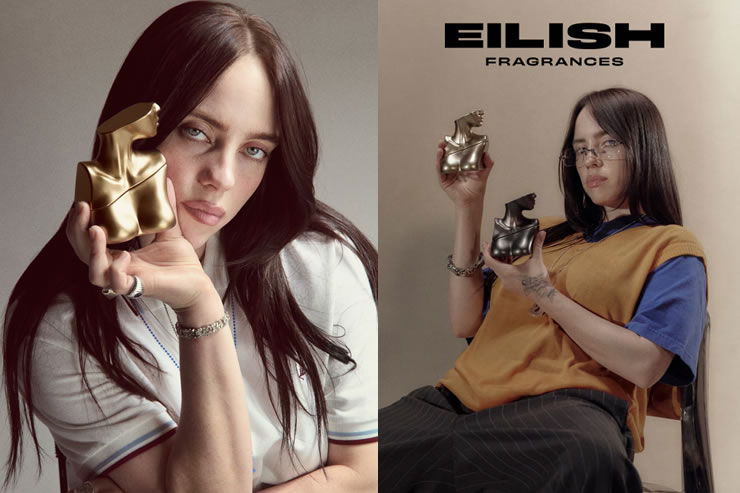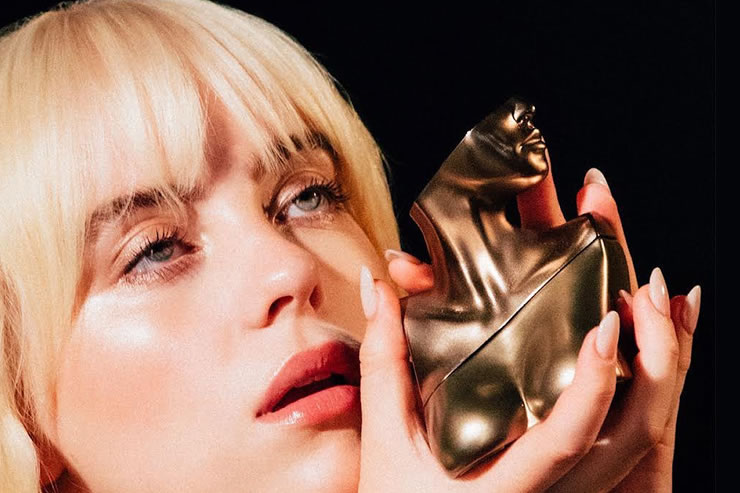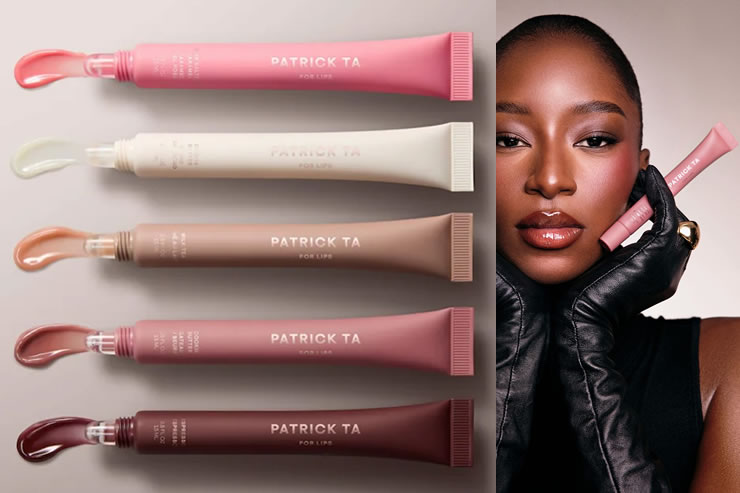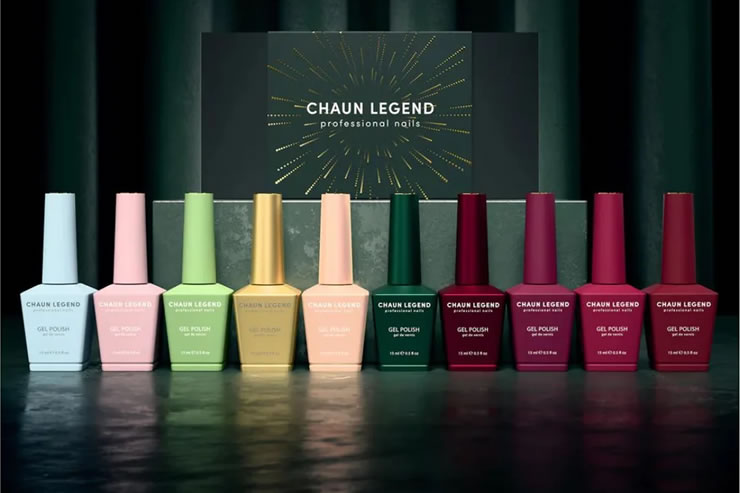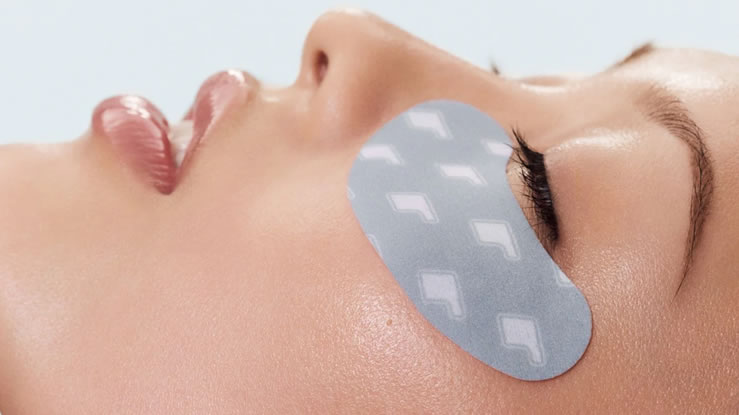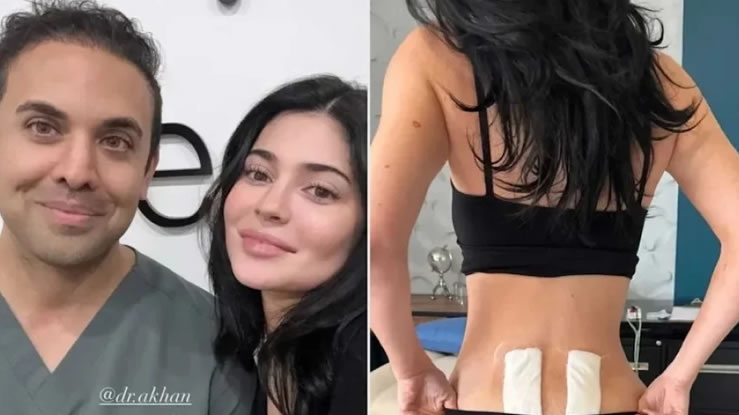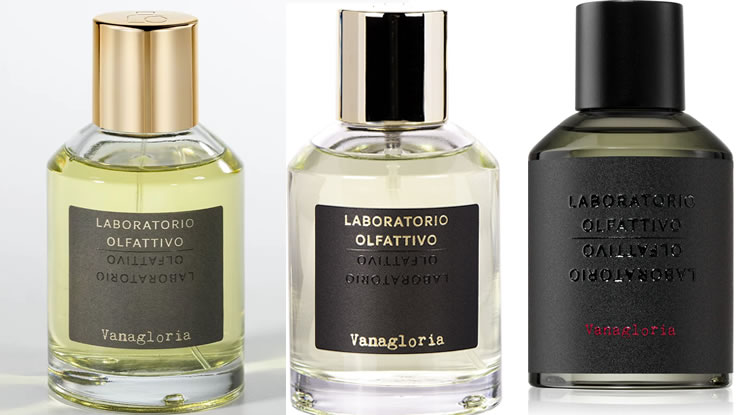Hair coloring has become an essential part of personal style and self-expression. Whether for covering gray hair, enhancing natural color, or experimenting with a completely new look, the world of hair color offers endless possibilities. However, choosing the best type of hair color can be confusing because of the many products, ingredients, and techniques available today. To determine which type of hair color is best, one must consider factors such as desired longevity, hair health, maintenance level, and skin tone compatibility.
Understanding the Different Types of Hair Color
There are four main types of hair color: temporary, semi-permanent, demi-permanent, and permanent. Each has its purpose, benefits, and limitations.
1. Temporary Hair Color
Temporary color coats the hair shaft without penetrating it. It usually lasts until the next shampoo and is ideal for short-term changes or special events. Temporary dyes are available in sprays, gels, or chalks and are the least damaging since they do not alter hair structure. However, they easily wash out and are not suitable for covering gray hair.
2. Semi-Permanent Hair Color
Semi-permanent dyes last between four to eight washes. They deposit pigment onto the outer layer of the hair without using ammonia or peroxide. This type is perfect for enhancing natural tones, adding shine, or experimenting with subtle color changes. It is gentle and non-damaging but cannot lighten hair.
3. Demi-Permanent Hair Color
Demi-permanent dyes last between 20 to 28 washes and penetrate slightly deeper than semi-permanent ones. They contain low levels of peroxide but no ammonia, making them suitable for blending gray hair and enriching natural hues. Demi-permanent colors fade gradually, providing a more natural transition.
4. Permanent Hair Color
Permanent hair color chemically alters the hair shaft using both ammonia and peroxide. It can lighten or darken hair and is ideal for complete gray coverage or dramatic transformations. The results last until new growth appears, but the chemical process can cause dryness or damage if not properly maintained. Regular deep conditioning and use of sulfate-free products help preserve hair health.
Choosing the Best Hair Color Type
The best type of hair color depends on individual goals and preferences. For someone looking to test a new shade, semi or demi-permanent colors are ideal. For long-lasting, vibrant results, permanent dyes are preferred. If the goal is to make a fun, one-day statement, temporary color is the safest choice.
Hair Type and Condition
Fine or damaged hair should avoid strong chemical formulas. Demi or semi-permanent colors are gentler and can help improve shine. Thick, coarse hair may require permanent formulas for full color penetration. A professional stylist can assess hair porosity and recommend the most suitable option.
Natural vs. Chemical Hair Color
Natural hair dyes like henna, indigo, or herbal blends are preferred by those seeking chemical-free alternatives. Henna strengthens the hair and adds a natural red-orange tint, while indigo provides blue-black tones. These natural dyes are safe but offer limited color options and are difficult to remove once applied.
Chemical dyes provide a wider shade range and predictable results but require careful maintenance to prevent breakage and color fading.
Skin Tone and Undertones
Matching hair color to skin tone enhances appearance and adds harmony.
- Warm skin tones look best with golden, honey, copper, or auburn shades.
- Cool skin tones complement ashy blondes, cool browns, or platinum hues.
- Neutral tones can balance both warm and cool shades.
Choosing the right tone helps create a natural and flattering look.
Professional vs. At-Home Coloring
Salon professionals provide customized formulations and minimize risks of uneven application or damage. They can also perform strand tests to ensure compatibility with hair type. At-home kits are convenient and affordable but require careful application and product selection. Always follow instructions and use post-color care products to maintain vibrancy.
Hair Color Maintenance
Color-treated hair requires special care. Use sulfate-free shampoos, deep conditioning masks, and UV protectants to prevent fading. Regular touch-ups every four to six weeks keep the color fresh. Avoid frequent heat styling and exposure to chlorinated water, which can dull the shade.
The Health Perspective
Hair color safety has improved with advancements in cosmetic chemistry. Modern formulations include conditioning agents, oils, and botanical extracts that protect the hair cuticle. However, individuals allergic to certain dye ingredients like paraphenylenediamine (PPD) should perform a patch test before coloring.
There is no single “best” type of hair color for everyone. The ideal choice depends on lifestyle, desired outcome, and hair health. For subtle enhancement and low maintenance, demi-permanent dyes are often recommended. For lasting transformations, permanent color is the top choice, while temporary and semi-permanent options are perfect for experimenting safely. Consulting a professional stylist ensures a personalized, safe, and beautiful result.
